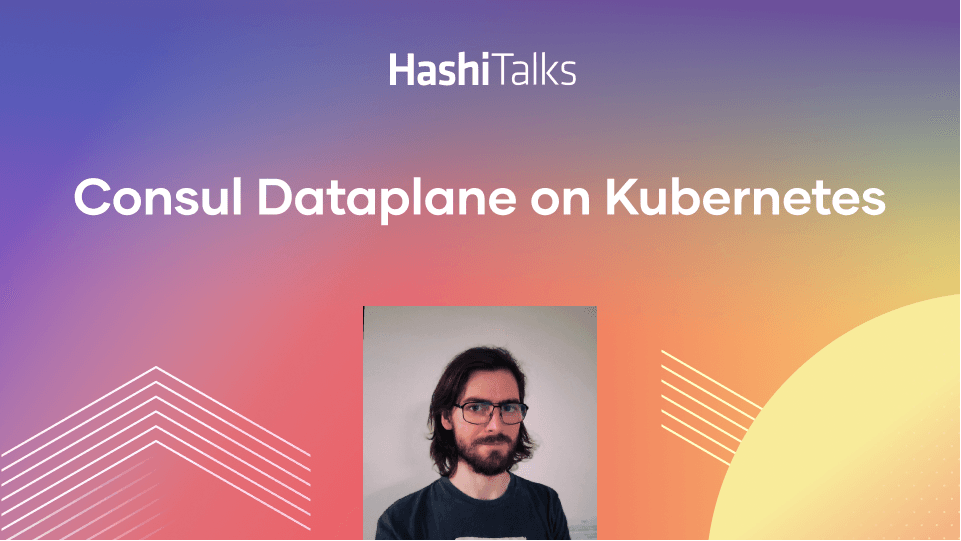Glooing and Sqooping your monolithic microservice serverless environment
In this session, we will learn about Gloo, Sqoop and other open-source projects from Solo.io, and discover how its extensible architecture offers solutions to a broad range of use cases.
Speaker
 Idit LevineFounder & CEO, Solo.io
Idit LevineFounder & CEO, Solo.io
Transitions from monolithic to microservices are hard, making the absence of dedicated tooling particularly painful. To change this situation we at Solo.io developed Gloo, a platform to hybridize (or "glue") monolith-microservice-serverless environments and Sqoop, a codeless graphQL server. * Gloo enables multi-architecture and multi-cloud applications, by providing a suite of features to allow “glueing” components from any cloud (AWS, Azure, Google) and any backend (microservices, Serverless, and traditional VMs) into a single user-facing API. Gloo’s extensible architecture allows it to seamlessly integrate with HashiCorp technologies, such as Consul Connect, Vault and Nomad. * Sqoop aggregates data from multiple backend sources into a single GraphQL API (with zero code written by the user).
Both projects are built on top of the Envoy proxy, and integrates out-of-the-box with other open-source projects including NATS, OpenTracing and more.
In this session, we will learn about Gloo, Sqoop and other open-source projects from Solo.io, and discover how its extensible architecture offers solutions to a broad range of use cases. Warning: lots of live demos will be shown.


